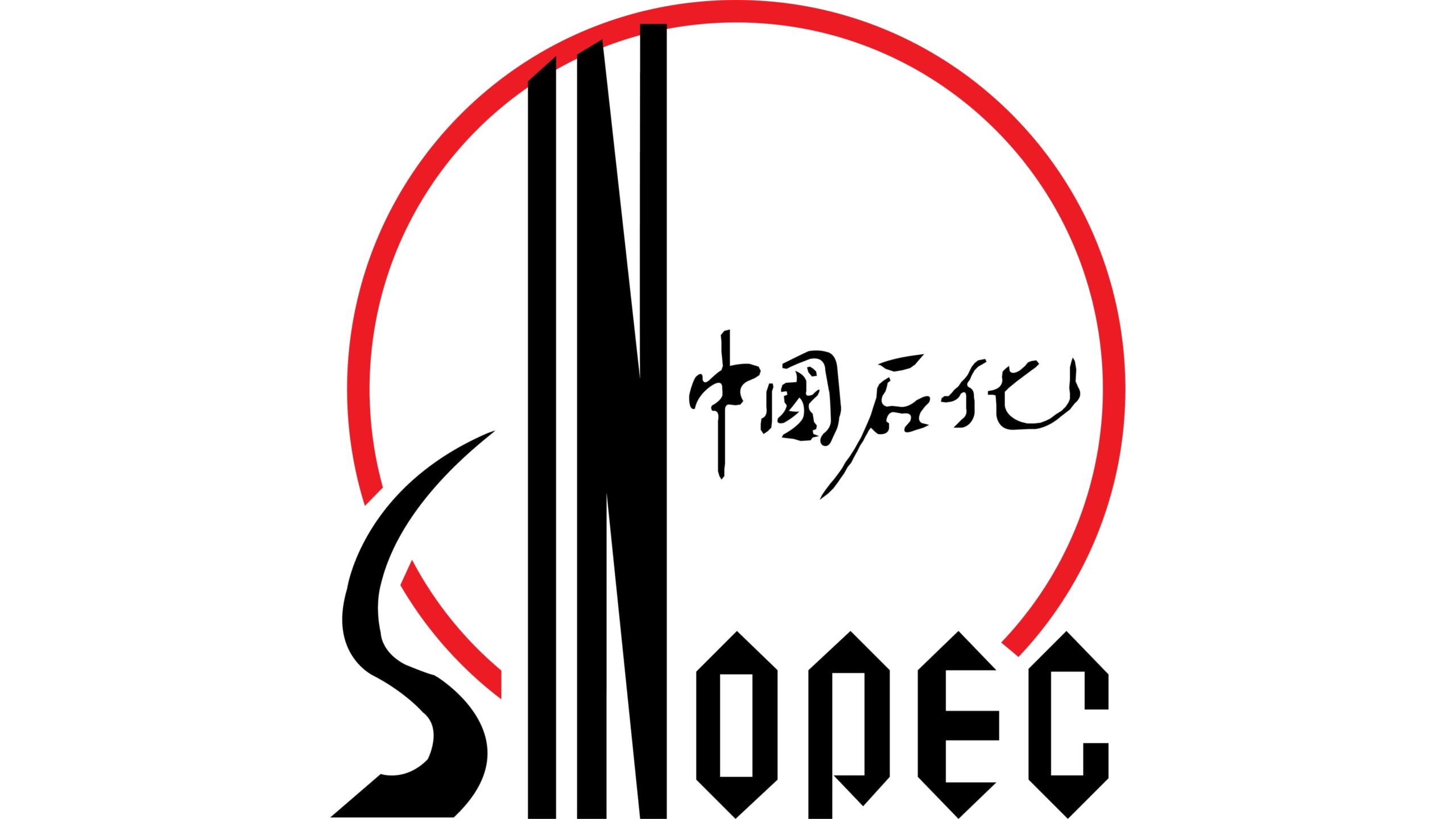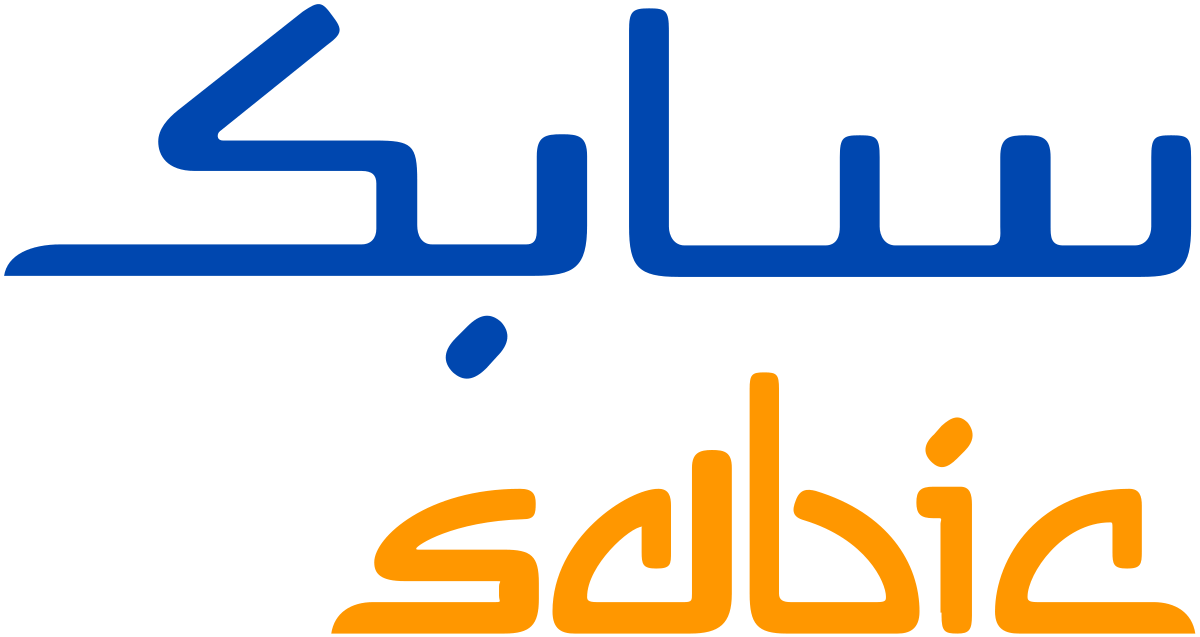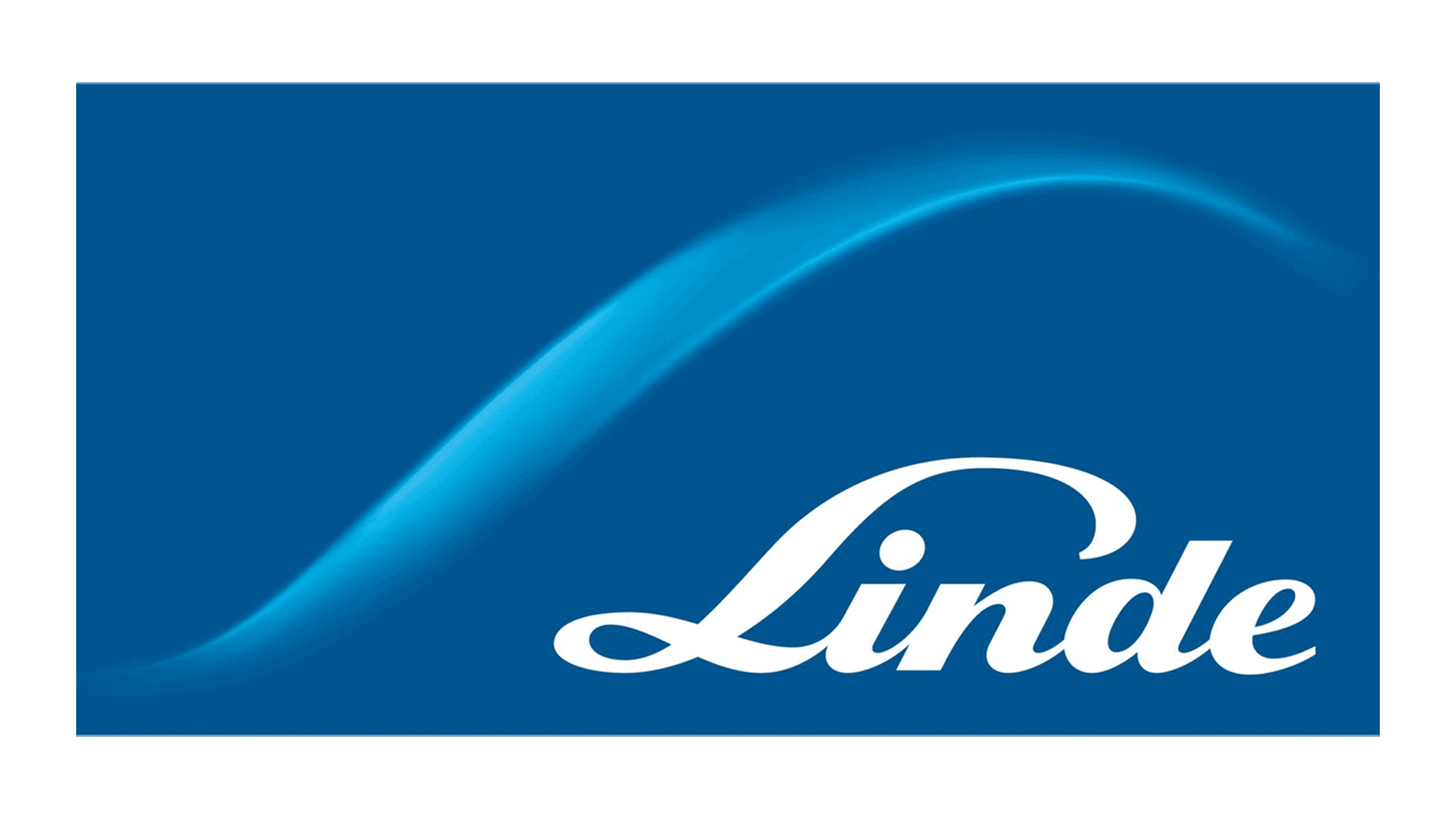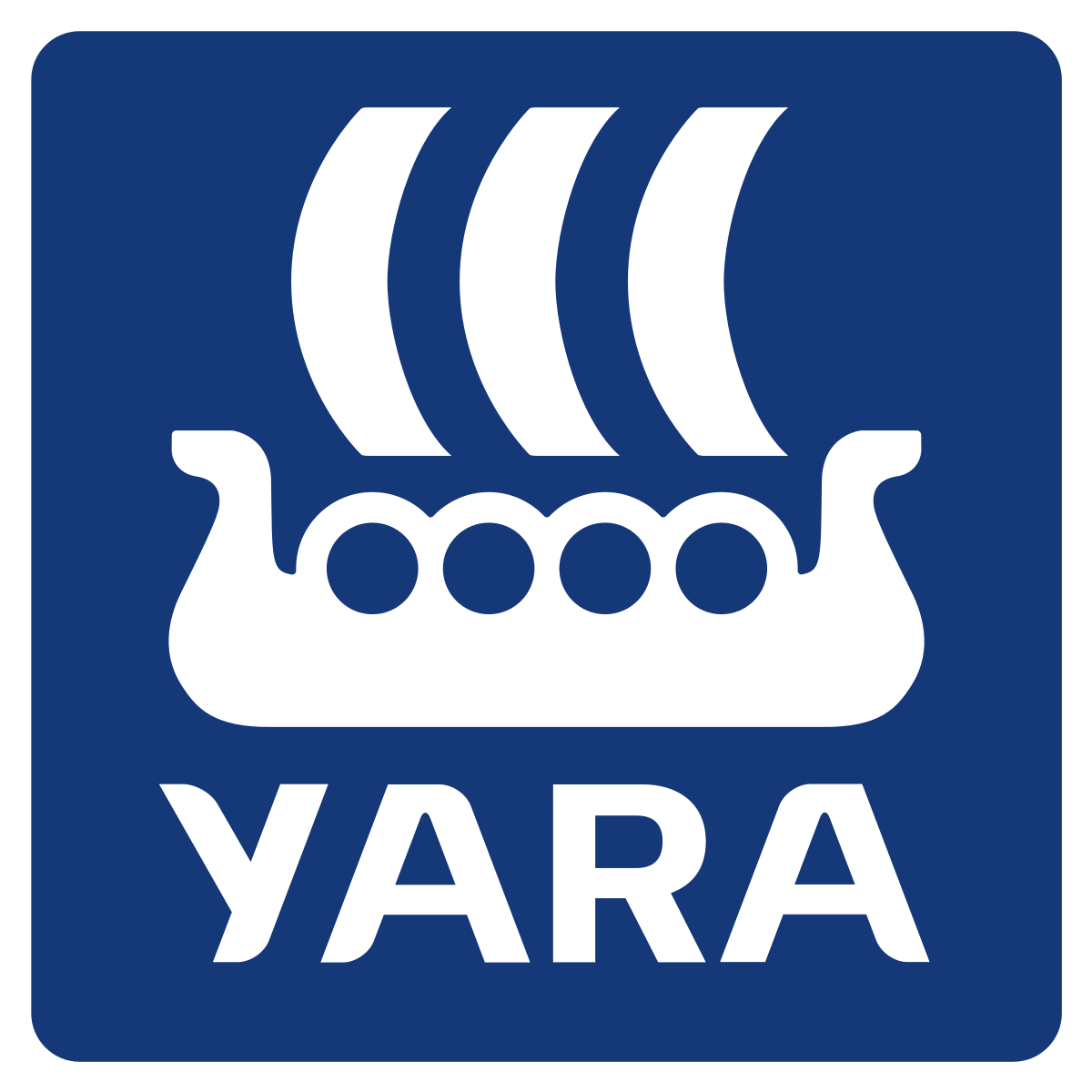Global Water Based Coating Market By Resin Type, By Application, By Region: Global Insights, Growth, Size, Comparative Analysis, Trends and Forecast, 2023 – 2031
- Industry: Chemicals & Materials
- Report ID: TNR-110-1018
- Number of Pages: 420
- Table/Charts : Yes
- November, 2023
- Base Year : 2024
- No. of Companies : 9+
- No. of Countries : 29
- Views : 10201
- Covid Impact Covered: Yes
- War Impact Covered: Yes
- Formats : PDF, Excel, PPT
Global Water Based Coating Market was valued at US$ 104.5 Bn in 2022, Growing at an Estimated CAGR of 4.8% from 2023-2031.
Water-based coating is a type of protective or decorative finish for various surfaces, such as walls, furniture, and industrial materials. It consists of water as a solvent, with pigments, binders, and additives suspended in it. Water-based coatings offer low VOC emissions, quick drying times, and environmental benefits compared to solvent-based alternatives. They are commonly used in applications requiring a safe, eco-friendly, and efficient coating solution.
In the global water based coating market, acrylic resin type dominates due to its wide range of applications, durability, and environmental friendliness. Acrylic water-based coatings find extensive use in architectural coatings, automotive refinishing, and industrial coatings. On the other hand, the Polyurethane resin segment is witnessing the highest growth rate. Polyurethane water-based coatings offer exceptional performance, including high durability and chemical resistance, making them increasingly popular in automotive OEM coatings and wood furniture finishes.
Global Water Based Coating Market Revenue & Forecast, (US$ Million), 2015 – 2031

COVID-19 Impact Analysis on Global Water Based Coating Market
Pre-COVID-19, the water based coating market was steadily growing, driven by environmental regulations and a shift toward eco-friendly products. However, the pandemic disrupted supply chains and reduced construction and manufacturing activities, affecting the market negatively. Post-COVID-19, the focus on sustainability and health-conscious choices has revived demand for water-based coatings, driving growth in construction, automotive, and furniture sectors as industries rebound and prioritize eco-friendly solutions.

One key driver of the water based coating market is the imposition of strict environmental regulations worldwide. For instance, in the US, the Environmental Protection Agency (EPA) has set limits on volatile organic compounds (VOC) emissions from coatings. According to the EPA, VOCs from architectural coatings have reduced by approximately 70% since the 1990s, largely due to regulations favoring low-VOC or zero-VOC coatings. This compels manufacturers to focus on water-based coatings, which have inherently lower VOC levels compared to solvent-based counterparts, ensuring compliance with environmental standards and appealing to eco-conscious consumers.
While water-based coatings offer numerous advantages, longer drying times can be a significant restraint. These coatings typically require more time to dry and cure compared to solvent-based alternatives. This can extend production times and limit their suitability for certain applications where rapid turnaround is essential, potentially affecting industries like automotive and electronics manufacturing, where efficiency is paramount. Balancing the benefits of water-based coatings with the need for quicker production processes remains a challenge in some sectors.
In the global water based coating market, the building and construction sector dominates due to its extensive use in architectural paints and coatings. For instance, in the US, the architectural coatings segment accounted for nearly 40% of the total coatings market in terms of volume in 2021. The construction industry’s emphasis on sustainability and eco-friendly products aligns with the eco-conscious nature of water-based coatings.
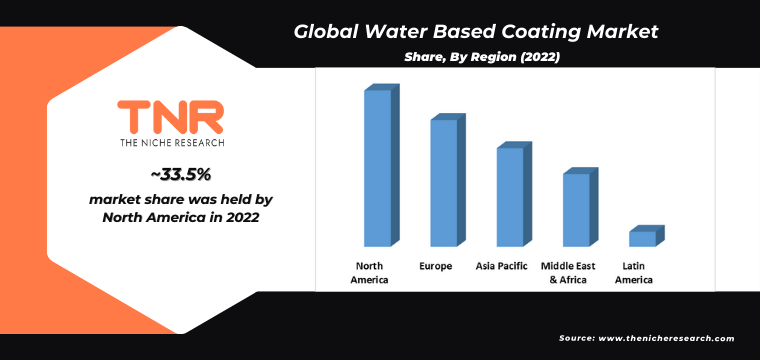
North America dominated the global water based coating market in 2022. In the US, stringent environmental regulations, such as the Clean Air Act, have encouraged the adoption of water-based coatings. For example, California’s South Coast Air Quality Management District (SCAQMD) mandates the use of low-VOC coatings in specific applications, further boosting the demand for water-based coatings in the region.
Competitive Landscape
Some of the players operating in the global water based coating market are
- AkzoNobel N.V.
- Arkema
- Asian Paints
- BASF SE
- Benjamin Moore & Co.
- Hempel A/S
- Jotun
- PPG Industries, Inc.
- Sika Group
- Teknos Group
- Other Industry Participants
Global Water Based Coating Market Report Coverage
| Report Specifications | Details |
| Market Revenue in 2022 | US$ 104.5 Billion |
| Market Size Forecast by 2031 | US$ 148.6 Billion |
| Growth Rate (CAGR) | 4.8% |
| Historic Data | 2015 – 2021 |
| Base Year for Estimation | 2022 |
| Forecast Period | 2023 – 2031 |
| Report Inclusions | Market Size & Estimates, Market Dynamics, Competitive Scenario, Trends, Growth Factors, Market Determinants, Key Investment Segmentation, Product/Service/Solutions Benchmarking |
| Segments Covered | By Resin Type, By Application |
| Regions Covered | North America, Europe, Asia Pacific, Middle East & Africa, Latin America |
| Countries Covered | U.S., Canada, Mexico, Rest of North America, France, The UK, Spain, Germany, Italy, Nordic Countries (Denmark, Finland, Iceland, Sweden, Norway), Benelux Union (Belgium, The Netherlands, Luxembourg), Rest of Europe, China, Japan, India, New Zealand, Australia, South Korea, Southeast Asia (Indonesia, Thailand, Malaysia, Singapore, Rest of Southeast Asia), Rest of Asia Pacific, Saudi Arabia, UAE, Egypt, Kuwait, South Africa, Rest of Middle East & Africa, Brazil, Argentina, Rest of Latin America |
| Key Players | AkzoNobel N.V., Arkema, Asian Paints, BASF SE, Benjamin Moore & Co., Hempel A/S, Jotun, PPG Industries, Inc., Sika Group, Teknos Group, Other Industry Participants |
| Customization Scope | Customization allows for the inclusion/modification of content pertaining to geographical regions, countries, and specific market segments. |
| Pricing & Procurement Options | Explore purchase options tailored to your specific research requirements |
| Contact Details | Consult With Our Expert
Japan (Toll-Free): – +81 663-386-8111 South Korea (Toll-Free): – +82-808- 703-126 Saudi Arabia (Toll-Free): – +966 800 850 1643 United States: +1 302-232-5106 United Kingdom: +447537105080 E-mail: askanexpert@thenicheresearh.com
|
Global Water Based Coating Market:
By Resin Type
- Acrylic
- Epoxy
- Polyurethane
- Polyester
- Alkyd
- Others
By Application
- Building and Construction
- Automotive
- Industrial
- Wood
- Others
By Region
- North America (U.S., Canada, Mexico, Rest of North America)
- Europe (France, The UK, Spain, Germany, Italy, Nordic Countries (Denmark, Finland, Iceland, Sweden, Norway), Benelux Union (Belgium, The Netherlands, Luxembourg), Rest of Europe
- Asia Pacific (China, Japan, India, New Zealand, Australia, South Korea, Southeast Asia (Indonesia, Thailand, Malaysia, Singapore, Rest of Southeast Asia), Rest of Asia Pacific)
- Middle East & Africa (Saudi Arabia, UAE, Egypt, Kuwait, South Africa, Rest of Middle East & Africa)
- Latin America (Brazil, Argentina, Rest of Latin America)
Report Coverage and Deliverables: LINK
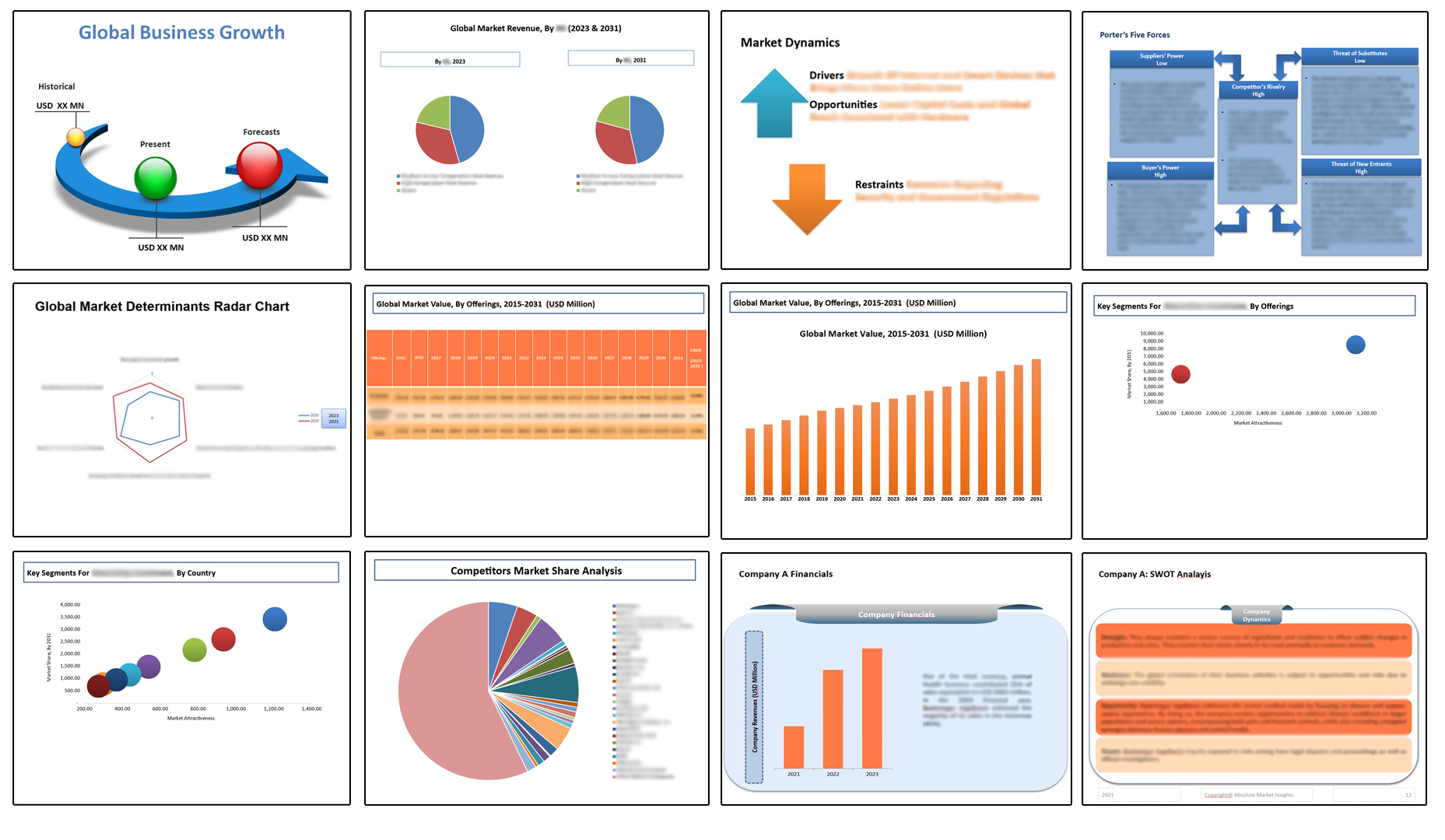
Table of Contents
**Exclusive for Multi-User and Enterprise User.
Global Water Based Coating Market Segmentation
By Resin Type
By Application
By Region
**Note: The report covers cross-segmentation analysis by region further into countries
The Niche Research approach encompasses both primary and secondary research methods to provide comprehensive insights. While primary research is the cornerstone of our studies, we also incorporate secondary research sources such as company annual reports, premium industry databases, press releases, industry journals, and white papers.
Within our primary research, we actively engage with various industry stakeholders, conducting paid interviews and surveys. Our meticulous analysis extends to every market participant in major countries, allowing us to thoroughly examine their portfolios, calculate market shares, and segment revenues.
Our data collection primarily focuses on individual countries within our research scope, enabling us to estimate regional market sizes. Typically, we employ a bottom-up approach, meticulously tracking trends in different countries. We analyze growth drivers, constraints, technological innovations, and opportunities for each country, ultimately arriving at regional figures.Our process begins by examining the growth prospects of each country. Building upon these insights, we project growth and trends for the entire region. Finally, we utilize our proprietary model to refine estimations and forecasts.
Our data validation standards are integral to ensuring the reliability and accuracy of our research findings. Here’s a breakdown of our data validation processes and the stakeholders we engage with during our primary research:
- Supply Side Analysis: We initiate a supply side analysis by directly contacting market participants, through telephonic interviews and questionnaires containing both open-ended and close-ended questions. We gather information on their portfolios, segment revenues, developments, and growth strategies.
- Demand Side Analysis: To gain insights into adoption trends and consumer preferences, we reach out to target customers and users (non-vendors). This information forms a vital part of the qualitative analysis section of our reports, covering market dynamics, adoption trends, consumer behavior, spending patterns, and other related aspects.
- Consultant Insights: We tap into the expertise of our partner consultants from around the world to obtain their unique viewpoints and perspectives. Their insights contribute to a well-rounded understanding of the markets under investigation.
- In-House Validation: To ensure data accuracy and reliability, we conduct cross-validation of data points and information through our in-house team of consultants and utilize advanced data modeling tools for thorough verification.
The forecasts we provide are based on a comprehensive assessment of various factors, including:
- Market Trends and Past Performance (Last Five Years): We accurately analyze market trends and performance data from preceding five years to identify historical patterns and understand the market’s evolution.
- Historical Performance and Growth of Market Participants: We assess the historical performance and growth trajectories of key market participants. This analysis provides insights into the competitive landscape and individual company strategies.
- Market Determinants Impact Analysis (Next Eight Years): We conduct a rigorous analysis of the factors that are projected to influence the market over the next eight years. This includes assessing both internal and external determinants that can shape market dynamics.
- Drivers and Challenges for the Forecast Period:Identify the factors expected to drive market growth during the forecast period, as well as the challenges that the industry may face. This analysis aids in deriving an accurate growth rate projection.
- New Acquisitions, Collaborations, or Partnerships: We keep a close watch on any new acquisitions, collaborations, or partnerships within the industry. These developments can have a significant impact on market dynamics and competitiveness.
- Macro and Micro Factors Analysis:A thorough examination of both macro-level factors (e.g., economic trends, regulatory changes) and micro-level factors (e.g., technological advancements, consumer preferences) that may influence the market during the forecast period.
- End-User Sentiment Analysis: To understand the market from the end-user perspective, we conduct sentiment analysis. This involves assessing the sentiment, preferences, and feedback of the end-users, which can provide valuable insights into market trends.
- Perspective of Primary Participants: Insights gathered directly from primary research participants play a crucial role in shaping our forecasts. Their perspectives and experiences provide valuable qualitative data.
- Year-on-Year Growth Trend: We utilize a year-on-year growth trend based on historical market growth and expected future trends. This helps in formulating our growth projections, aligning them with the market’s historical performance.
Research process adopted by TNR involves multiple stages, including data collection, validation, quality checks, and presentation. It’s crucial that the data and information we provide add value to your existing market understanding and expertise. We have also established partnerships with business consulting, research, and survey organizations across regions and globally to collaborate on regional analysis and data validation, ensuring the highest level of accuracy and reliability in our reports.


